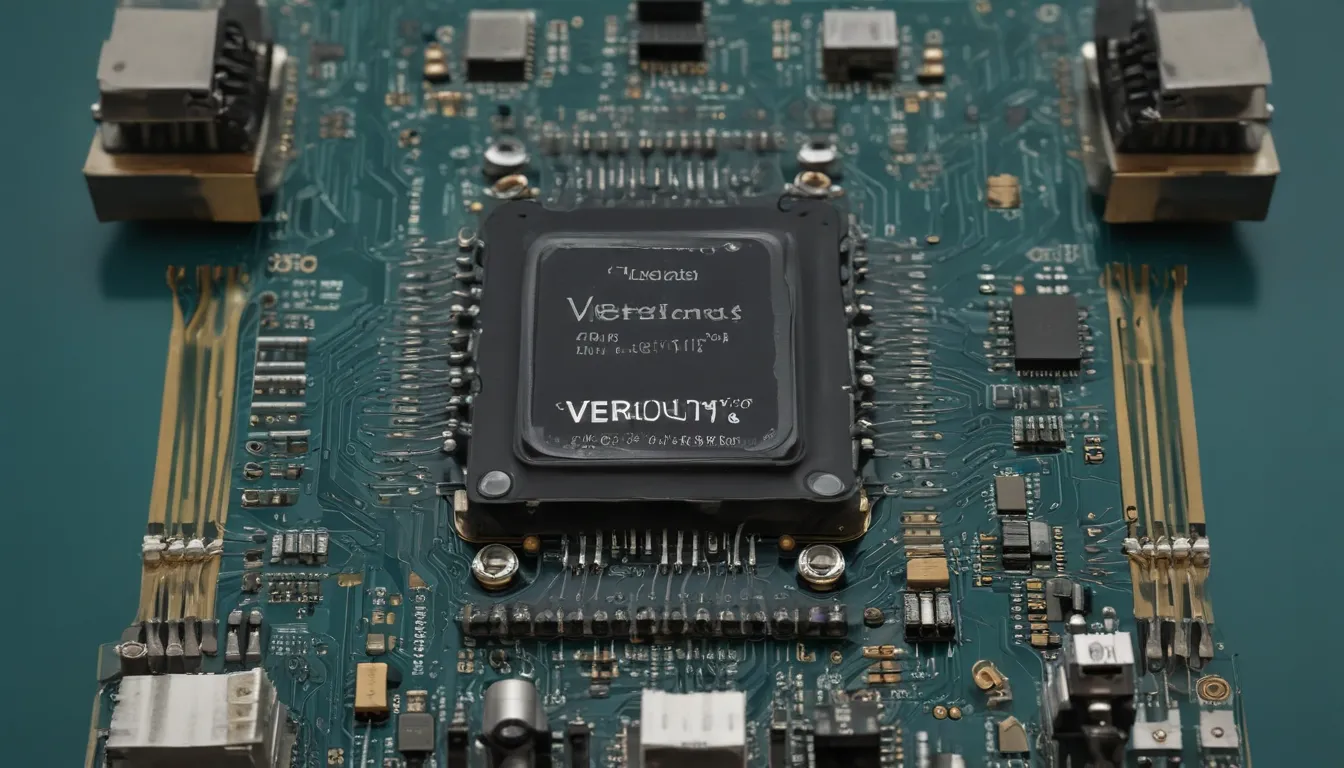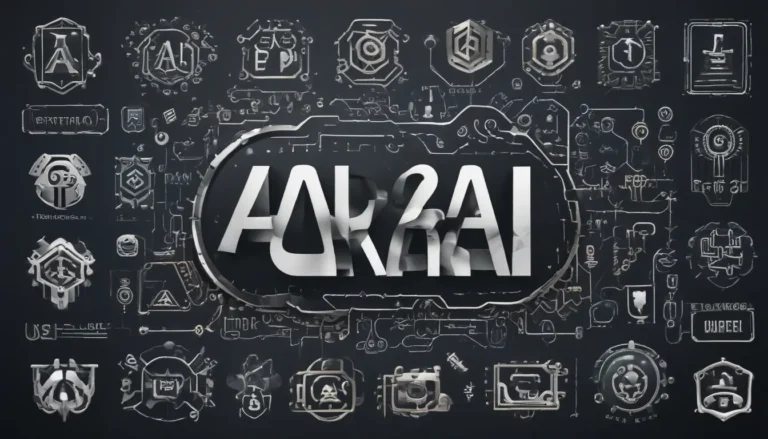A Note About Images: The images used in our articles are for illustration purposes only and may not exactly match the content. They are meant to engage readers, but the text should be relied upon for accurate information.
Are you interested in diving into the world of hardware design? If so, understanding Verilog is essential. Verilog, a hardware description language (HDL), is a vital tool in electronic design and engineering, particularly in the creation and verification of digital circuits and systems. Whether you’re a seasoned professional or just starting out in the field of hardware design, knowing the ins and outs of Verilog can significantly impact your work. In this article, we’ll explore six key facts about Verilog that every hardware designer should know. From its origins to its practical applications, we’ll provide valuable insights into why Verilog is a must-have skill in the realm of digital hardware design.
Key Takeaways:
- Verilog is crucial for designing and testing electronic systems, aiding engineers in creating and verifying digital circuits with precision and efficiency.
- Widely used in the hardware industry, Verilog allows engineers to model and simulate complex digital systems, providing flexibility in choosing modeling approaches based on project requirements.
Understanding Verilog: The Basics
At its core, Verilog is a hardware description language (HDL) utilized in designing and implementing digital circuits. It allows engineers to model electronic systems, making it an indispensable tool in the development and verification of digital circuits at the register-transfer level of abstraction. By using Verilog, designers can effectively simulate the behavior of digital circuits and detect potential issues early in the design process.
The Power of Verilog: Simulation and Synthesis
Verilog serves a dual purpose in hardware design, enabling both simulation and synthesis of hardware designs. Through simulation, engineers can validate the functionality of digital circuits before physical implementation, ensuring a smooth design process. Additionally, Verilog offers the ability to synthesize designs into actual hardware components, bridging the gap between simulation and real-world applications.
Industry Standard Excellence: Verilog in Action
As an industry-standard hardware description language, Verilog is widely embraced in the design and verification of digital circuits. Its prevalence across the industry underscores its importance for engineers and designers working on hardware development projects. By leveraging Verilog, professionals can navigate the complexities of digital circuit design with confidence and precision.
Designing the Future: Verilog for Complex Systems
Verilog’s robust features and capabilities empower engineers to tackle the design of complex digital systems with ease. By providing a platform for modeling intricate hardware components and verifying their functionality through simulation, Verilog opens the door to innovation in hardware design. Its efficiency and precision make it a valuable asset in creating sophisticated digital systems.
Versatility Defined: Structural and Behavioral Modeling in Verilog
Verilog offers engineers the flexibility to choose between structural and behavioral modeling approaches when designing digital systems. This versatility enables designers to tailor their modeling techniques to meet the specific requirements of their projects, ensuring efficient and effective hardware design and verification processes.
Integral to Success: Verilog in Hardware Design and Verification
In the realm of hardware design and verification, Verilog plays a pivotal role in enabling engineers to model, simulate, and verify digital circuits. Its status as an indispensable tool underscores its significance in hardware development, highlighting its crucial role in advancing technology across various industries.
Embracing Verilog: Harnessing the Potential
In conclusion, Verilog stands as a powerful hardware description language that is essential for hardware engineers and designers. By understanding the key facts about Verilog and embracing its versatility, professionals can leverage its capabilities to create innovative and reliable hardware solutions. As technology continues to evolve, Verilog remains a cornerstone in the design and verification of digital circuits, shaping the future of hardware development.
FAQs
What are the primary applications of Verilog?
Verilog is commonly used for designing and verifying digital circuits, including integrated circuits (ICs), field-programmable gate arrays (FPGAs), and application-specific integrated circuits (ASICs). Its applications span various industries such as telecommunications, consumer electronics, automotive, and aerospace.
Is Verilog suitable for beginners in hardware design?
While Verilog may seem daunting initially, it offers a structured approach to hardware design and verification. With the availability of resources such as tutorials, textbooks, and online communities, beginners can gradually build proficiency in Verilog and harness its capabilities to create complex digital systems.
Explore with Confidence
As you embark on your journey into the world of hardware design, remember that Verilog is your trusted companion. With its powerful features, versatility, and industry-standard status, Verilog equips you with the tools needed to navigate the complexities of digital circuit design with confidence. Embrace the possibilities that Verilog offers, and unlock the potential to create groundbreaking solutions in the ever-evolving landscape of hardware engineering.






